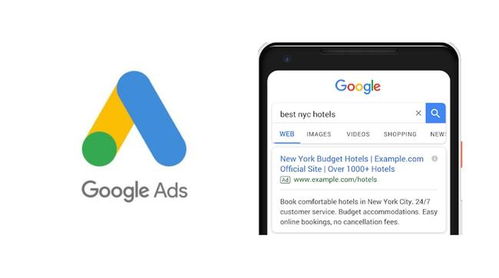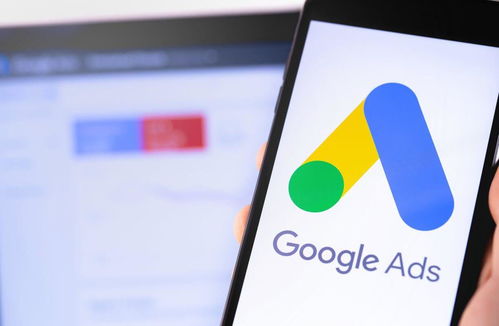Understanding Google Ads: A Comprehensive Guide

Google Ads, formerly known as Google AdWords, is a powerful online advertising platform that allows businesses to promote their products and services to a vast audience. By leveraging Google’s extensive network, you can reach potential customers at the exact moment they are searching for what you offer. In this detailed guide, we’ll explore the various aspects of Google Ads, helping you make the most of this powerful tool.
Getting Started with Google Ads

Before diving into the intricacies of Google Ads, it’s essential to understand the basics. Here’s a quick overview to get you started:
| Step | Description |
|---|---|
| Create an Account | Sign up for a Google Ads account and set up your billing information. |
| Choose Your Campaign Type | Select the type of campaign that aligns with your business goals, such as search, display, or video. |
| Set Your Budget | Determine how much you’re willing to spend on your campaigns daily or monthly. |
| Define Your Target Audience | Specify the demographics, interests, and locations of your target audience. |
| Create Your Ads | Design compelling ad copy and visuals that resonate with your audience. |
Types of Google Ads Campaigns

Google Ads offers various campaign types to suit different business needs. Here’s a breakdown of the most common ones:
- Search Campaigns: These ads appear on Google’s search engine results page when users search for relevant keywords. They are highly targeted and effective in driving traffic to your website.
- Display Campaigns: These ads are displayed on a wide range of websites and apps within the Google Display Network. They can be in the form of images, videos, or text and are great for brand awareness and reaching a broader audience.
- Video Campaigns: These ads are shown on YouTube and other video platforms. They can be pre-roll, mid-roll, or post-roll and are an excellent way to engage your audience with compelling video content.
- Shopping Campaigns: These ads showcase your products directly in Google’s search results, allowing users to view images, prices, and even ratings before clicking through to your website.
Optimizing Your Google Ads Campaigns
Once you have your campaigns up and running, it’s crucial to optimize them for the best results. Here are some key strategies:
- Keyword Research: Identify relevant keywords that your target audience is searching for and include them in your ad copy and landing pages.
- Quality Score: Focus on improving your ad’s quality score by creating compelling ad copy, landing pages, and relevant keywords. A higher quality score can lead to lower costs and better ad placements.
- A/B Testing: Experiment with different ad variations to determine which ones perform best and optimize your campaigns accordingly.
- Landing Page Optimization: Ensure that your landing pages are relevant, engaging, and optimized for conversions. A well-designed landing page can significantly improve your campaign’s performance.
Measuring Success with Google Ads
Tracking the performance of your Google Ads campaigns is essential to understand their effectiveness and make data-driven decisions. Here are some key metrics to monitor:
- Click-Through Rate (CTR): The percentage of people who clicked on your ad after seeing it. A higher CTR indicates that your ad is compelling and relevant to your audience.
- Conversion Rate: The percentage of people who completed a desired action, such as making a purchase or filling out a contact form, after clicking on your ad. A higher conversion rate means your campaign is driving valuable traffic to your website.
- Cost Per Click (CPC): The average amount you pay each time someone clicks on your ad. Monitoring your CPC can help you adjust your budget and bidding strategy.




